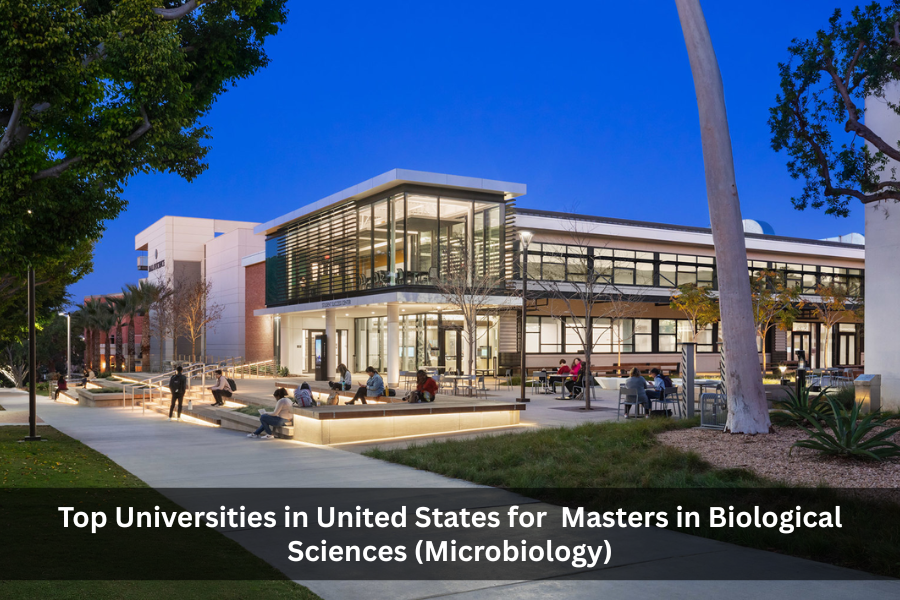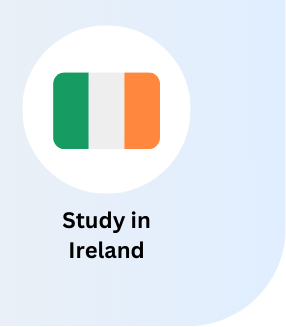
United States is a top choice for MS in Biological Sciences (Microbiology) applicants, offering renowned universities, diverse campuses, and excellent post-study work options. Its high quality of life and career opportunities make it an ideal study destination.
Here is the list of 5 Best MS in Biological Sciences (Microbiology) Universities in United States along with details of their course duration, fee, eligibility requirements and more:
1. San Jose State University (United States)
San José State University (San Jose State or SJSU) is a public university in San Jose, California. Established in 1857, SJSU is the oldest public university on the West Coast and the founding campus of the California State University (CSU) system. The university, alongside the University of California, Los Angeles has academic origins in the historic normal school known as the California State Normal School.
San Jose State University’s College of Science in the United States offers a 2-year STEM-designated MS in Biological Sciences (Molecular Biology & Microbiology), with tuition fees of USD 9,900 for domestic students and USD 35,000 for international students, and estimated living expenses of USD 53,000.
2. George Mason University (United States)
George Mason University (George Mason, Mason, or GMU) is a public research university in Fairfax County, Virginia with the an independent City of Fairfax, Virginia postal address in the Washington, D.C. Metropolitan Area. The university was originally founded in 1949 as a Northern Virginia regional branch of the University of Virginia. Named after the Founding Father of the United States George Mason in 1959, it became an independent university in 1972. The school has since grown into the largest public university in the Commonwealth of Virginia. Mason operates four campuses in Virginia (Fairfax, Arlington, Front Royal, and Prince William), as well as a campus in Incheon, South Korea. The flagship campus is Fairfax. The university is classified among “R1: Doctoral Universities – Very high research activity”. Two professors were awarded the Nobel Prize in Economics during their time at George Mason University: James M. Buchanan in 1986 and Vernon L. Smith in 2002.
George Mason University’s College of Science in the United States offers a 2-year STEM-designated MS in Biology (Microbiology & Infectious Disease), with tuition fees of USD 18,000 for domestic students and USD 40,300 for international students, and estimated living expenses of USD 35,000.
3. California State University, Long Beach (United States)
California State University, Long Beach (CSULB) is a public research university in Long Beach, California. The 322-acre campus is the second largest of the 23-school California State University system (CSU) and one of the largest universities in the state of California by enrollment, its student body numbering 39,435 for the fall 2021 semester. With 5,830 graduate students as of fall 2021, the university enrolls one of the largest graduate student populations across the CSU system and in the state of California.
California State University, Long Beach’s College of Natural Sciences and Mathematics in the United States offers a 2-year STEM-designated MS in Microbiology, with tuition fees of USD 8,900 for domestic students and USD 16,500 for international students, and estimated living expenses of USD 22,700.
4. Miami University (United States)
Miami University (informally Miami of Ohio or simply Miami) is a public research university in Oxford, Ohio. The university was founded in 1809, making it the second-oldest university in Ohio (behind Ohio University, founded in 1804) and the 10th oldest public university (32nd overall) in the United States. The school’s system comprises the main campus in Oxford, as well as regional campuses in nearby Hamilton, Middletown, and West Chester. Miami also maintains an international boarding campus, the Dolibois European Center in Differdange, Luxembourg. It is classified among “R2: Doctoral Universities – High research activity”.
Miami University’s College of Arts and Science in Oxford, Ohio, offers a 2-year STEM-designated M.S. in Microbiology, with tuition fees of $14,636 per year for both in-state and out-of-state students, and estimated living expenses of $10,414 per year.
5. University of New Hampshire (United States)
The Morrill Act of 1862 granted federal lands to New Hampshire for the establishment of an agricultural-mechanical college. In 1866, the university was first incorporated as the New Hampshire College of Agriculture and the Mechanic Arts in Hanover, New Hampshire, in association with Dartmouth College. The institution was officially associated with Dartmouth College and was directed by Dartmouth’s president. Durham resident Benjamin Thompson left his farm and assets to the state for the establishment of an agricultural college. On January 30, 1890, Benjamin Thompson died and his will became public. On March 5, 1891, Governor Hiram A. Tuttle signed an act accepting the conditions of Thompson’s will. On April 10, 1891, Governor Tuttle signed a bill authorizing the college’s move to Durham, New Hampshire.
The University of New Hampshire’s College of Life Sciences & Agriculture in Durham, New Hampshire, offers a 1.5-year STEM-designated M.S. in Microbiology, with tuition fees of $28,500 for international students and estimated living expenses of $21,800.
If you’re planning to study in United States, check out our comprehensive guide covering everything you need to know from top universities and popular programs to career prospects, tuition fees, cost of living, scholarships, visas, and more.
If you’re planning to study in United States, check out our comprehensive guide covering everything you need to know from top universities and popular programs to career prospects, tuition fees, cost of living, scholarships, visas, and more.
 |
 |
 |
 |
 |
 |
 |
 |
